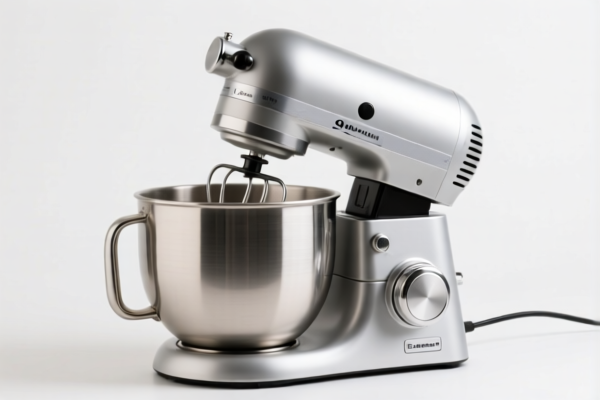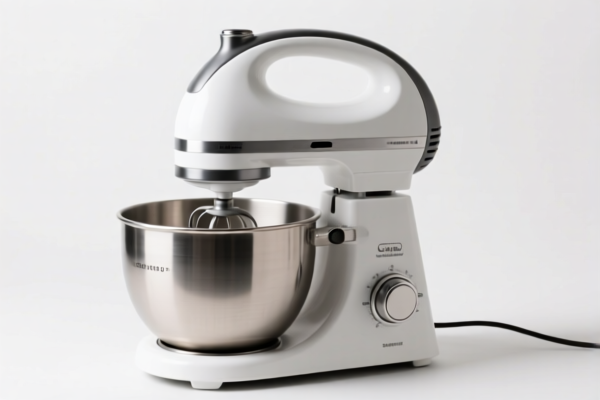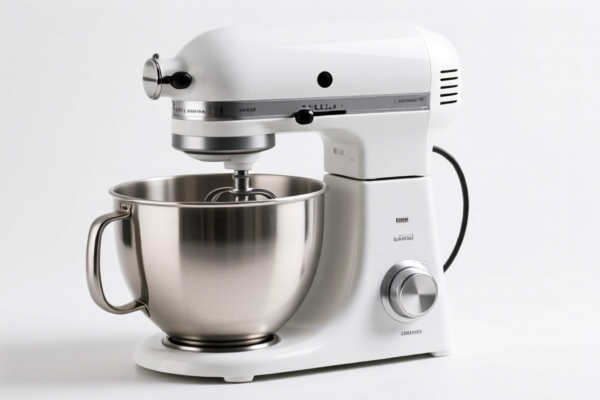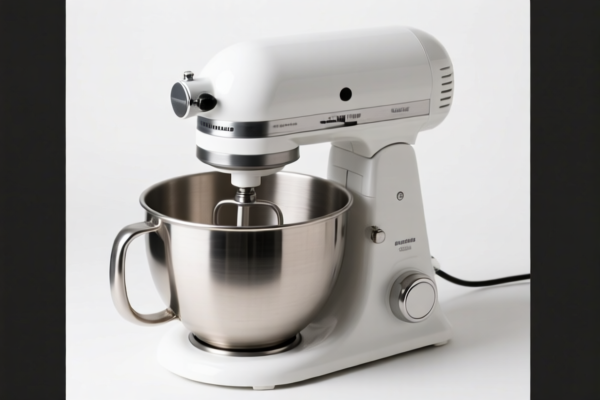| HS Code | Official Doc | Tariff Rate | Origin | Destination | Effective Date |
|---|---|---|---|---|---|
| 7323993000 | Doc | 63.2% | CN | US | 2025-05-12 |
| 7323997000 | Doc | 60.3% | CN | US | 2025-05-12 |
| 7326908688 | Doc | 82.9% | CN | US | 2025-05-12 |
| 7326908688 | Doc | 82.9% | CN | US | 2025-05-12 |
| 3923500000 | Doc | 60.3% | CN | US | 2025-05-12 |
| 3923900080 | Doc | 58.0% | CN | US | 2025-05-12 |
| 3924104000 | Doc | 33.4% | CN | US | 2025-05-12 |
| 3924102000 | Doc | 44.0% | CN | US | 2025-05-12 |




Food Strainer
A food strainer is a kitchen tool used to separate solids from liquids, or to remove lumps from dry ingredients. It is a fundamental implement in food preparation across many cuisines.
Material
Food strainers are commonly constructed from the following materials:
- Stainless Steel: Durable, rust-resistant, and dishwasher safe. Considered a high-quality option.
- Plastic: Lightweight and inexpensive. May stain or absorb odors over time. Different grades of plastic exist; food-grade plastic is essential.
- Mesh: Typically made of stainless steel or nylon. The fineness of the mesh determines the size of particles retained.
- Silicone: Heat-resistant and flexible, often used for strainers that need to fit over pots.
- Cloth (Cheesecloth): Used for very fine straining, often for liquids like yogurt or sauces.
Purpose
The primary purpose of a food strainer is separation. Specific applications include:
- Draining: Removing water from cooked pasta, vegetables, or canned goods.
- Pureeing: Pressing cooked foods through the strainer to create smooth purees (e.g., applesauce, tomato sauce).
- Sieving: Removing lumps from dry ingredients like flour or powdered sugar.
- Removing Seeds/Pulp: Separating seeds from fruit pulp (e.g., straining raspberry seeds from sauce).
- Making Stocks/Broths: Removing solids after simmering bones or vegetables.
- Preparing Yogurt/Cheese: Separating whey from yogurt or curds from cheese.
Function
Strainers function by allowing liquid to pass through holes or a mesh while retaining solid particles. The size and shape of the holes/mesh determine the effectiveness of the separation. Some strainers feature handles for stability and pouring, while others are designed to rest directly on a pot.
Usage Scenarios
- Pasta Cooking: Draining cooked pasta before adding sauce.
- Vegetable Preparation: Rinsing and draining vegetables.
- Sauce Making: Removing seeds, skins, or lumps from sauces.
- Baking: Sifting flour or powdered sugar for lighter textures.
- Soup Preparation: Removing solids from stocks or broths.
- Dairy Production: Making yogurt, cheese, or straining buttermilk.
- Juice Making: Separating pulp from juice.
Common Types
- Conical Strainer (Chinois): Features a very fine mesh and is ideal for smooth purees and sauces. Often used with a pestle for pressing.
- Spider Strainer: Has a wide, shallow bowl with a mesh bottom. Useful for skimming impurities from hot liquids or removing fried foods from oil.
- Colander: A bowl-shaped strainer with larger holes, commonly used for draining pasta and rinsing vegetables.
- Fine-Mesh Strainer: Features a fine mesh for removing small particles and creating smooth textures.
- Box Grater with Strainer Attachment: Versatile tool that can also function as a strainer.
- Foldable Strainer: Silicone or plastic strainers that collapse for easy storage.
Food strainers fall under several potential classifications based on their material and specific use. Here's a breakdown of relevant HS codes based on the provided information:
- 7323993000: This code covers “Table, kitchen or other household articles and parts thereof, of iron or steel; iron or steel wool; pot scourers and scouring or polishing pads, gloves and the like, of iron or steel: Other: Other: Coated or plated with precious metal: Other”. If the food strainer is made of iron or steel and has a precious metal coating, this HS code applies. The total tax rate is 63.2%.
- 7323997000: This code covers “Table, kitchen or other household articles and parts thereof, of iron or steel; iron or steel wool; pot scourers and scouring or polishing pads, gloves and the like, of iron or steel: Other: Other: Not coated or plated with precious metal: Other: Cookingware”. If the food strainer is made of iron or steel and not coated or plated with precious metal, and is considered cookingware, this HS code applies. The total tax rate is 60.3%.
- 3924104000: This code covers “Tableware, kitchenware, other household articles and hygienic or toilet articles, of plastics: Tableware and kitchenware: Other”. If the food strainer is made of plastic, this HS code is applicable. The total tax rate is 33.4%.
- 3923500000: This code covers “Articles for the conveyance or packing of goods, of plastics; stoppers, lids, caps and other closures: Stoppers, lids, caps and other closures”. While primarily for packing, some plastic strainers might fall under this code if their design emphasizes containment. The total tax rate is 60.3%.
Important Note: The classification depends heavily on the material of the strainer. If made of iron or steel, determine if it has a precious metal coating. If made of plastic, consider its primary function – if it's solely for kitchen use, 3924104000 is more appropriate.
Customer Reviews
No reviews yet.